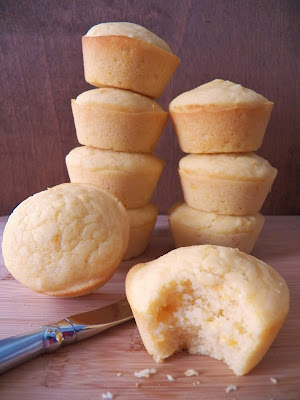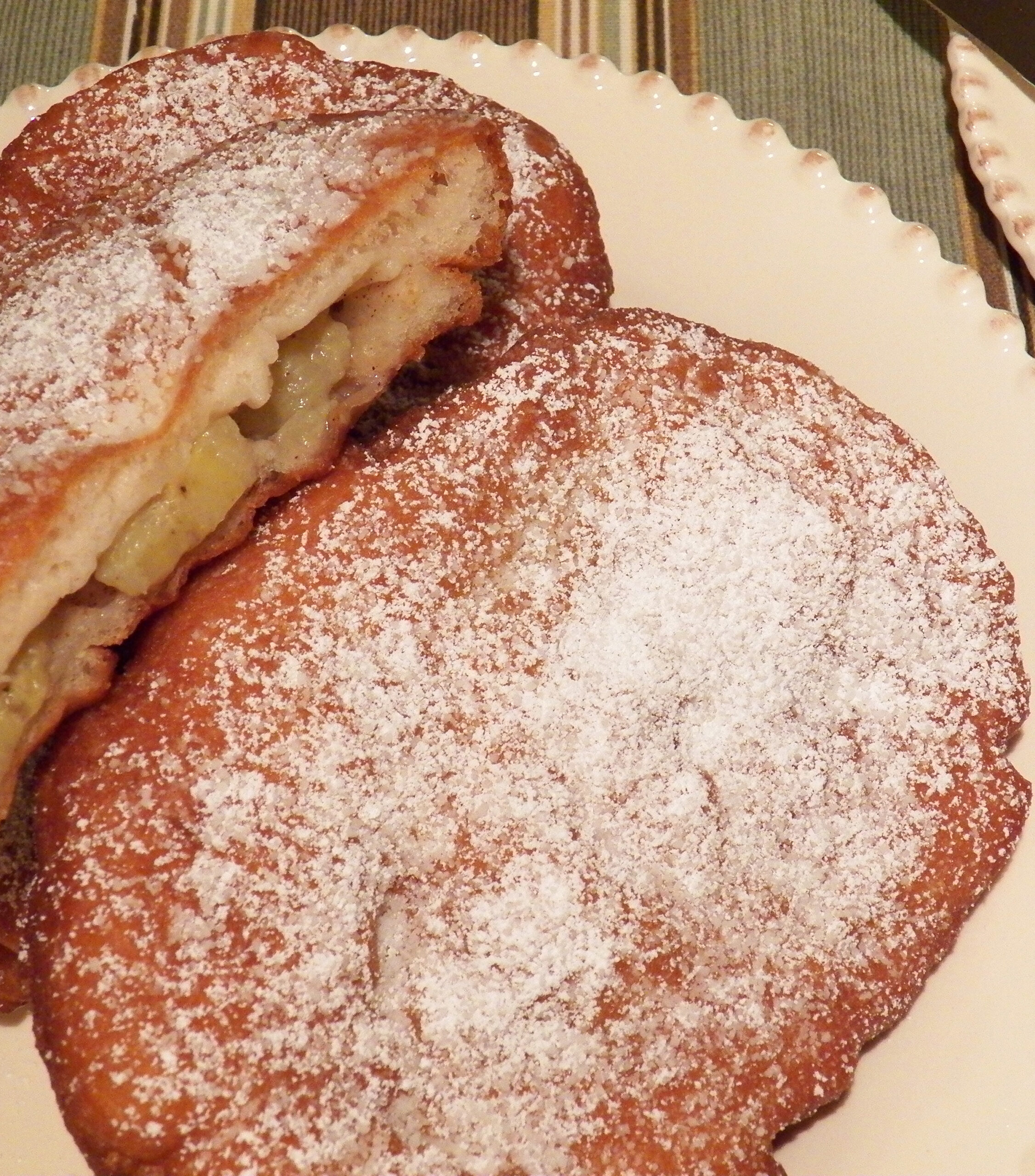The Vietnamese Baguette or Banh Mi with its light and airy interior and crispy and flaky crust is a bread that is hard to replicate in a home kitchen. Here is my attempt to recreate it in my kitchen. Pretty good, I must say.
I’m Vietnamese. My blood is part soy sauce. It’s one of my favorite condiments and flavoring agents. When it comes to eating crusty bread, I enjoy it smothered with butter like everyone else, but I also love it with just a healthy sprinkling of soy sauce. Never tried it? You should! I have been craving it more lately and have bought more baguettes than usual.
My favorite kind of bread is the Vietnamese baguette or banh mi. Its thin, crispy crust and incredibly airy, soft interior is one of the hardest bread to replicate in a home kitchen. Finding an authentic recipe that yields the same result as a Vietnamese sub shop is elusive. In my research, I discovered that people in Vietnam don’t typically make their own bread: they rely on professional bakers to supply the baguettes. Those bakers keep the recipe close to their chest.
According to Andrea Nguyen, who is a teacher, consultant, and author of several books on Asian and Vietnamese cooking, professional bakers add a dough conditioner to the baguettes to make them light and airy. Unfortunately, this dough conditioner is not available to home cooks. As a result, professional-quality Vietnamese baguettes are very difficult to make at home.
So why go through the trouble of making it? First of all, I have a blog to update weekly-ish and I like the challenge. Secondly, the closest Vietnamese sub shop or bakery is an hour away. Jumping in the car and fighting city traffic whenever I want a Vietnamese baguette or a banh mi sandwich is unrealistic. And since I don’t bake a lot of yeast bread, it feels rewarding to make one from scratch every now and then. I compare it to learning how to ride a bike as a child. Remember how it was so fun when mom, dad, brother, or sister held onto the bike to balance and guide you? Now remember how you felt when you were finally able to peddle and steer on your own? The pure delight of accomplishment! I love having store-bought bread, but it is always exhilarating when I make them from scratch.
I studied a number of recipes and tutorials. Ultimately, I combined recipes from Baking with Paws and Danang Cuisine to make the baguettes. The result is a light and tender interior and crusty exterior. I won’t lie—these baguettes are very good but not an exact replica of the ones from Vietnamese sub shops. The crust is crispy but it is not incredibly flaky like the professionally baked ones. They do however provide the crispiness and the light interior that I am after.
Making these baguettes may seem like a lot of work, but most of it is resting time. The dough goes through four proofing and resting periods, ranging from 10 minutes to 2-3 hours. After making four batches in five days, here are some helpful tips that I have learned:
- Let the dough rise covered in a sunny area or an oven with the light on.
- Slapping the dough on the countertop when you form the baguettes helps with rising.
- Use a sharp knife or razor to make slits at least 1/4″ deep into the dough prior to baking.
- Spritz the baguettes before and during baking.
- Use a steam bath during baking.
I will continue to work on my Vietnamese Baguette or Banh Mi skills. When I get closer to getting the real deal, I will update you with another post. Wish me luck! I’ll need it!
Recommended supplies:
These are products I use, or on my wishlist, or are highly rated. (Amazon affiliate links)
- A baker’s couche or a baguette pan is not necessary but great for shaping the dough for the last rise. The baguette pan allows you to bake the baguette directly in it after the proofing.
- A baking sheet if you don’t have a baguette pan to bake the baguettes in.
- This stand mixer with a 5.3-quart bowl has a splash guard and a powerful 1000W High-performance motor. It has very good ratings and is reasonably priced.
- A silicone pastry mat helps prevent the dough from sticking while you work with it. It’s not a necessary tool but is helpful.
OTHER RECIPES YOU MIGHT LIKE
 No-Knead Artisan Bread
No-Knead Artisan Bread |
 Garlic and Herbs Boursin Biscuits Garlic and Herbs Boursin Biscuits |
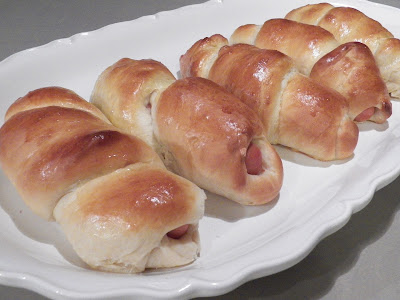 Asian Sweet Roll Pig in a Blanket Asian Sweet Roll Pig in a Blanket |
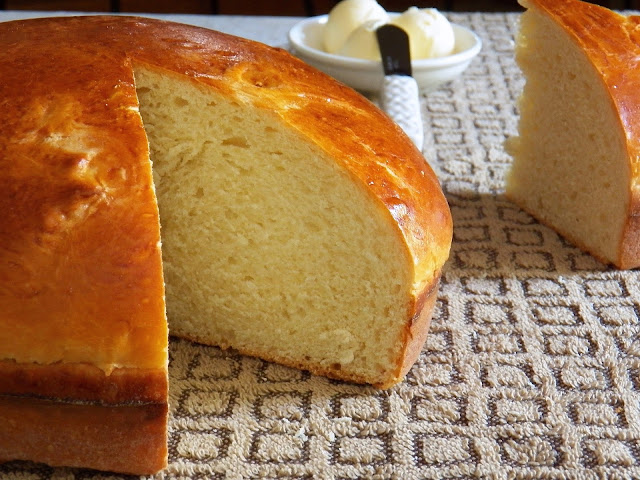 Portuguese Sweet Bread
Portuguese Sweet Bread |
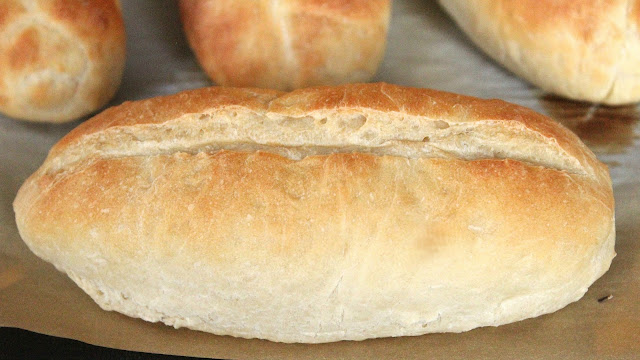
Quest for the Perfect Vietnamese Baguette ( Banh Mi)
Description
The Vietnamese Baguette or Banh Mi with its light and airy interior and crispy and flaky crust is a bread that is hard to replicate in a home kitchen. Here is my attempt to recreate it in my kitchen. Pretty good, I must say.
Ingredients
Instructions
- In a mixing bowl of a stand mixer, combine the yeast, sugar, and water. Stir to blend and to dissolve sugar. Allow to stand for 5 minutes. Water should be cloudy and slightly foamy.
- Add half of the flour and stir well to create a thick mixture with the consistency of pancake batter. Cover with a towel and leave it in a warm place (such as the in oven with light on) for 2-3 hours. The mixture will double and become foamy.
- Add the remaining flour, salt, and vitamin C (optional) to the starter dough. Knead at level 6 (medium) for 10 minutes. The dough should pull away from the sides, come together, and wrap itself around the hook. It should be smooth, like the texture of pizza dough. If the dough is too wet, add 1 tablespoon of flour at a time.
- Scoop out the dough, spray a bowl with oil, and return the dough. Cover with plastic wrap and let it rest in a warm place (such as in an oven with an light on) for 1 hour or until it doubles in size.
- Transfer the dough onto the working surface. Use greased hands if the dough is too sticky. Try not to deflate the gas inside. With a bench scraper or a knife, divide the dough into 3 equal portions. Roll each into a ball. Place on a parchment-lined baking sheet. Cover with the greased plastic wrap and let them rest for 10 minutes.
- To shape the dough, hold onto one side and slap the dough a couple of times firmly on the work surface without letting go. The dough should flatten slightly and elongate. Press dough into a rectangle, roughly 8″ x 4″ using your hands. Put more pressure on the edges to make them thinner than the middle. Roll dough into a log. Roll the log into a torpedo shape by putting more pressure on the end
- Place the shaped dough back onto the parchment paper and cover with plastic wrap, then a towel. Let dough rest for another 1 hour until it rises double in size.
- Preheat the oven and the baking tray to 400°F for at least 15 minutes before baking. Place a tray of hot water at the bottom of the oven.
- Slash the baguette using a sharp knife or a razor blade. Hold the knife or razor it at a 45° angle, and make a quick and determined slash at least 1/4″ deep across the dough lengthwise. Bake immediately after slashing.
- Spray water on both sides of the oven and the dough.
- Bake for 20-25 minutes in the middle of the oven rack. At the first 8-minute mark, spray water one more time on the baguette. This helps with developing a crispy crust. Rotate the baguette pan at this time for even baking. I find my oven browns the bread early so I cover the top rack with foil at the 10-minute mark to prevent over-browning.
- Allow to cool on a cooling rack.
- Makes 3 baguettes.
Note
- This recipe was slightly adapted from Baking with Paws and Danang Cuisine (this link is no longer available).
Disclosure: This site contains paid advertising and affiliate links. In Good Flavor is a participant in the Amazon Services LLC Associates Program, an affiliate advertising program designed to provide a means for sites to earn advertising fees by advertising and linking to Amazon.com.




